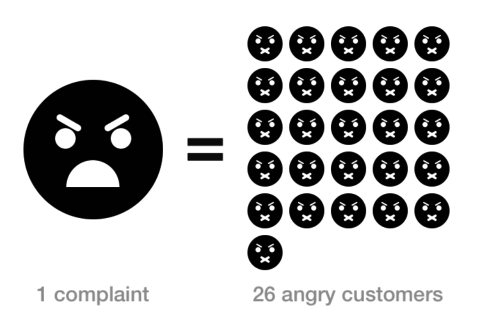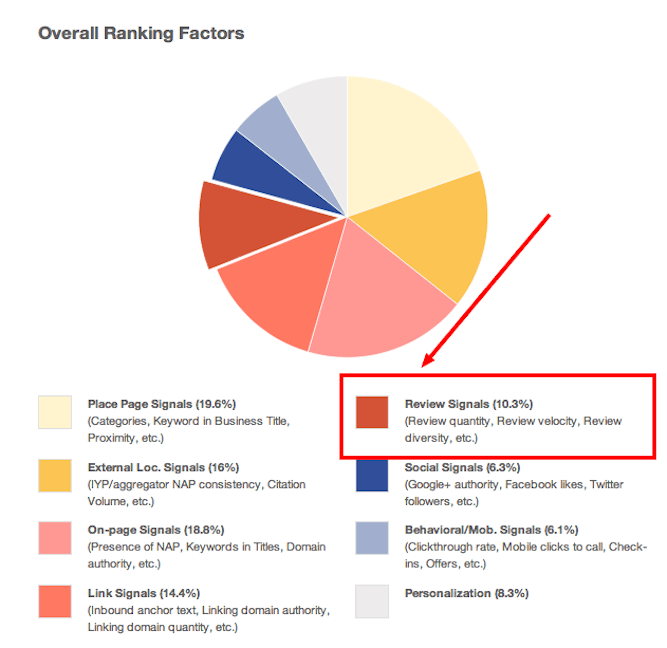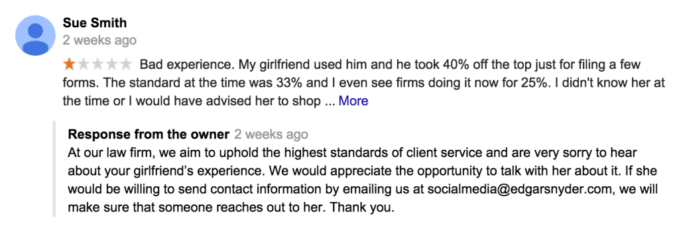The age of the consumer has arrived. The digital evolution has given customers the power to voice their opinions on just about everything and leave reviews in a very public forum. Brands can no longer hide dissatisfaction. The growth of social networks and the Internet has empowered the purchaser and put pressure on companies to take control of their brand or risk losing market share.
What is Online Reputation Management?
“Online reputation management, sometimes abbreviated as ORM, is primarily concerned with managing the results on websites that evaluate products and services and make recommendations and referrals.” ORM has become an increasingly imperative component to a successful business plan. Management includes monitoring, responding and analysing the many voices of your customer base.
The Need for Online Reputation Management
Consumers have developed a heavy reliance on reviews as part of their purchase decision. It may sound unusual that a stranger’s opinion can be such a major consideration factor but that’s the reality of the buying cycle today. Forbes recently released an article stating that “63% of consumers are more likely to make a purchase from a site that offers customer reviews.” Not only are reviews engrained in the buying criteria, the publishers leaving them have come to expect a response back in a timely manner. 52% of customers expect to hear back from brands within 7 days of giving an online review and 21% within a day.
It can only take a few negative experiences to reduce the trust level of the audience you are trying to reach. It’s important to have the perspective that this information is an opportunity to connect with your customers and gain valuable feedback. In fact, unhappy customers are one of your greatest sources of learning – no one is ever going to be as honest as them. Probabilities suggest that for every bad experience that is shared, there are more similar experiences that are not being posted.
The good news is customers who have their issue addressed and resolved are likely to tell up to six people about how the company rectified the situation. Whether the view is positive or negative, having empathy towards your customers goes a long way towards rebuilding relationships, establishing repeat business and building brand equity.

Another consideration is that consumers are not the only ones watching how your brand is perceived, online reviews are a considerable factor Google looks to when determining Search rankings.

MOZ indicates that just over 10% of overall rankings can be attributed to reviews; quantity, diversity of sites, frequency of posts and relevance are some of the factors examined.
Some of the top sources consumers look to when posting and reading reviews include; Yelp, Google Places, Amazon and other social sites such as Facebook and LinkedIn.
How to Manage Your Online Reputation?
Consider the consequences of leaving a negative review unaddressed – not only does concern go by the wayside but the failure to rectify the situation is publically advertised to a mass audience. So how do you manage all these experiences and control the perception of your brand? Having processes in place that proactively identify and respond to communications while they are still fresh is key.Thank the customer for their feedback, provide a professional response and take the conversation offline by having the publisher contact your specific department. Below are a few examples of brands actively responding to local customer reviews and providing actionable next steps to address concerns offline:
 Now take into consideration the benefits of engaging with a positive review that may have been left. Maintaining the positive conversation will enrich the initial dialogue and informally establish a free brand promoter. As an added opportunity responding to reviews can also have a positive net effect on your organic rankings. If you incorporate SEO keywords in the response these can be crawled by Google and actually help your organic rankings for that topic, service or product.
Now take into consideration the benefits of engaging with a positive review that may have been left. Maintaining the positive conversation will enrich the initial dialogue and informally establish a free brand promoter. As an added opportunity responding to reviews can also have a positive net effect on your organic rankings. If you incorporate SEO keywords in the response these can be crawled by Google and actually help your organic rankings for that topic, service or product.

Understanding how to harness the voices of your customers can be a very effective and cost-efficient marketing tool. The approach you take towards the management of these experiences is often underestimated. Through empathy and accountability, a company can convert an upset customer into a brand advocate and harness a pleasant experience into repeat business. Henry Ford once said, “You can’t build a reputation on what you’re going to do” – be trustworthy and take action for your brand. Embrace this idea and reap the rewards of reviews.
Interested in technologies that will enable your organisation to handle reviews effectively? Contact DAC to understand just how we can help!




